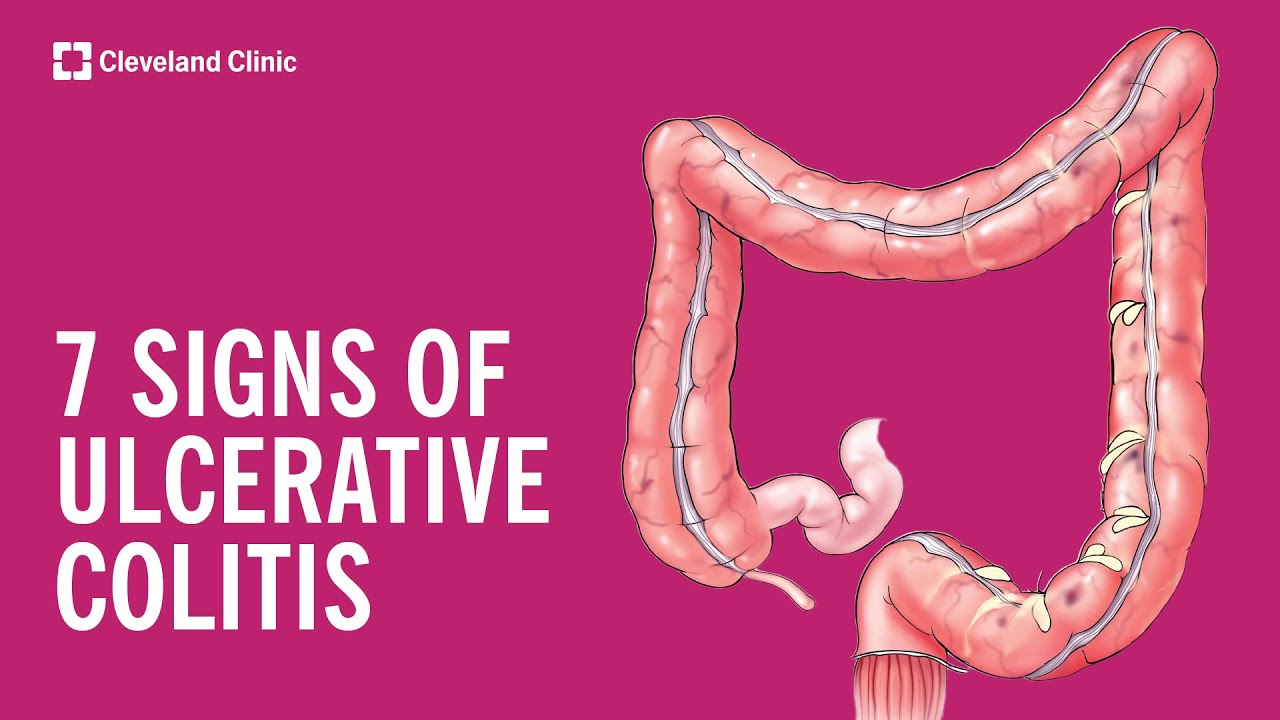The Gastroenterology Channel
NEW YORK (Reuters Health) – The vast majority of grade 4 and 5 blunt liver injuries can be successfully managed without surgery, according to a look back at nearly 400 such cases managed at 11 level I and level II trauma centers across New England.
Nonoperative management (NOM) was offered safely in two-thirds of cases with a 91.3% success rate, the investigators say, and only 6.5% of patients managed without surgery needed surgery later on because of liver-specific issues and none had life-threatening complications because of initial NOM.
Dr. George C. Velmahos, from the Division of Trauma, Emergency Surgery and Surgical Critical Care, Massachusetts General Hospital and Harvard Medical School in Boston and members of the Research Consortium of New England Centers for Trauma (ReCONECT) group report their observations this month in the Archives of Surgery.
In their experience, they say high-grade liver injuries “seem to behave in a dichotomous way: they bleed immediately and dramatically and are in obvious need of surgical intervention, or they do not bleed and can be managed reliably by nonoperative management (NOM), with a low likelihood of subsequent bleeding. There is little reason to intervene surgically in those hemodynamically stable patients, no matter how striking the CT image may be,” the clinicians conclude.
They note that the high rate of successful NOM in this case series was due in part to bleeding control via angiographic embolization; one quarter of patients managed nonoperatively underwent embolization, with a 93.2% success rate for control of recurrent liver bleeding.
Among a total of 393 adults with grade 4 or 5 blunt liver injury managed during a 10-year period, 131 (33.3%) were operated on immediately, typically because of hemodynamic instability. The remaining 262 patients (66.7%) were offered a trial of NOM, which failed in only 23 patients (8.8%), the researchers say. Failure was attributed to the liver in 17 cases (recurrent liver bleeding in 7 cases and biliary peritonitis in 10).
In multivariate analysis, systolic blood pressure of 100 mg Hg or lower and the presence of other abdominal organ injury were independent predictors of failed NOM; 23% of patients with both predictors failed NOM compared with only 4% of those with neither predictor.
Importantly, say the researchers, no patient who failed NOM had a life-threatening event because of it and the death rate was similar between patients with successful NOM (5.4%) and failed NOM (8.7%) — the p value was 0.52.
In an invited critique, Dr. Paul H. Kispert from Dartmouth Hitchcock Medical Center in Lebanon, New Hampshire makes the point that given the high rate of death associated with immediate surgery (roughly 53% in this study) he would consider delayed operation a success because it did not increase mortality.
“Failed NOM would seem to beat immediate operation almost every time. Maybe failure is not so bad after all,” he writes.
This case series has other “important and practical lessons,” Dr. Kispert adds. The fact that roughly 2% of the patients failed NOM because of intestinal or gallbladder necrosis suggests that missed injuries are a “constant reminder that isolated injuries are not always isolated,” he notes.
Dr. Kispert also points out that major liver injuries are uncommon; if distributed equally, each trauma center would see three or four high-grade liver injuries a year, “making preparation and planning critical.” While the authors don’t describe the plan of care in their paper, “this is a circumstance in which two trained trauma surgeons are needed in the operating room to maximize survival,” Dr. Kispert says.
SOURCE:
Successful Nonoperative Management of the Most Severe Blunt Liver Injuries
Arch Surg 2012;147:423-430.







